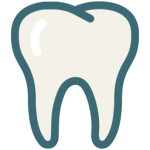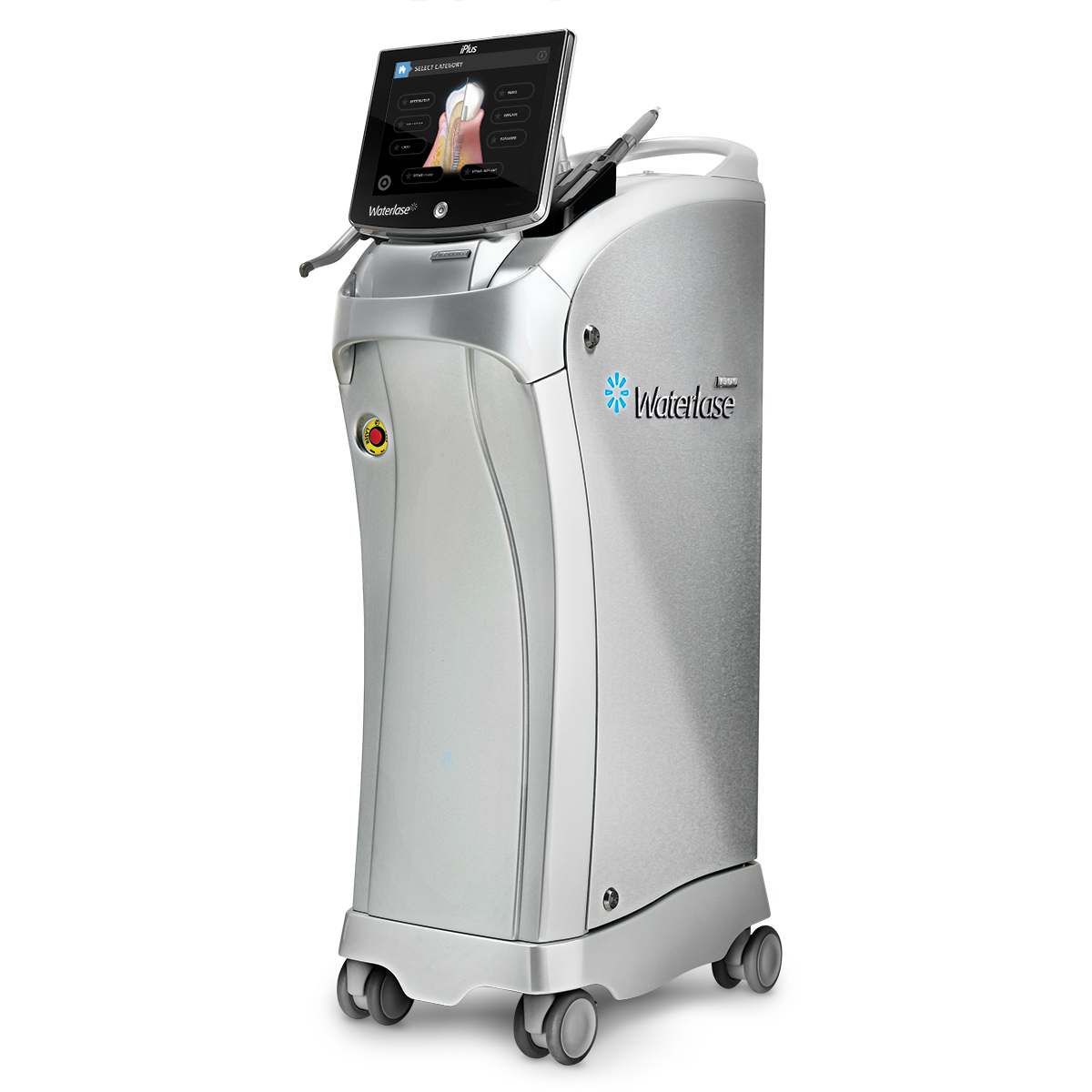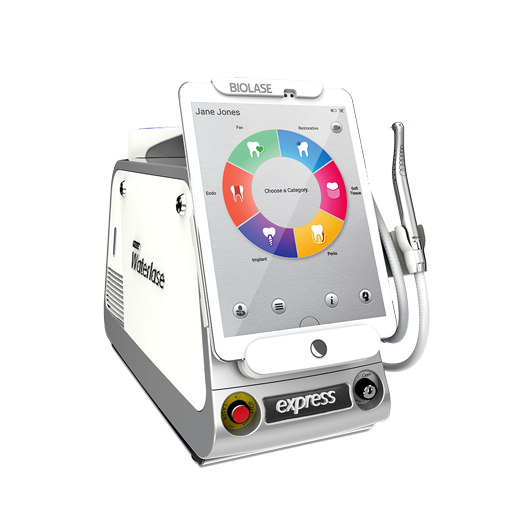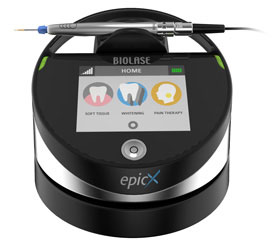 Discover some basic tips for reducing toothbrush bacteria
Discover some basic tips for reducing toothbrush bacteria
After you have finished eating your breakfast, you walk into the bathroom, take your toothbrush and squeeze on a decent layer of bacteria for cleaning. Wait…bacteria? While you may not intentionally add bacteria, your toothbrush is still loaded with it. And that’s what you are using to “clean” your teeth.
Just how much bacteria is there? About 100 million bacteria can lurk on an uncovered toothbrush! Some bacteria, such as E.coli, can cause diarrhea while others, such as staphylococci, can cause skin infections.
As gross as it sounds, using your toothbrush will probably not make you sick. Our bodies have evolved to know how to fight bacteria efficiently. And it is important to remember that everyone has bacteria on or in themselves, including our mouths. Problems occur when there becomes an imbalance in the amount of unhealthy bacteria versus the number of healthy ones. Therefore, taking precautions to help ensure that you don’t get sick from the “bad” bacteria is a recommended course of action. Here’s what you can do:
- Location, location, location: Most people keep their toothbrush in the bathroom – where the toilet is. When you flush your toilet, some bacteria will be sent into the air and can land on your toothbrush. Just keep your toothbrush and rinsing cups as far away as possible from the toilet. Also, you can close the toilet lid before flushing.
- Security: You can also make sure that your toothbrush is stored properly to avoid creating an unhealthy imbalance of bacteria. For example, after you finish brushing your teeth, rinse your toothbrush thoroughly. When not in use, keep it standing vertically, either in a glass or in a toothbrush holder. It is also important to keep your toothbrush dry. When it’s moist, your toothbrush can become a prime breeding area for unhealthy bacteria. Finally – no “sharesies” either – as close as you are to your spouse or sibling, don’t let them use your toothbrush.
- Change is good: In addition to securing your toothbrush properly when in the bathroom, don’t forget to get a new toothbrush on a regular basis – every 90 days in fact. Like most things used daily, your toothbrush can wear out, and as this happens, bacteria can penetrate into the bristles that clean your teeth.
- Swish around: If you like to be doubly protected against bacteria in your mouth, you can add a second line of defense to your dental arsenal – anti-bacterial mouthwash. It provides extra insurance that your teeth, gums, and tongue are clean, and kills bacteria that threaten to create that imbalance you want to prevent.
There are many things you can do to take care of your teeth – eating right, regular checkups, and proper toothbrush maintenance. Every little bit goes a long way to ensuring a long, beautiful, and healthy smile.



